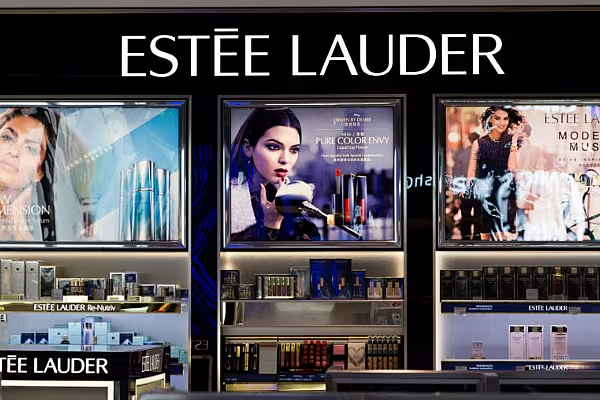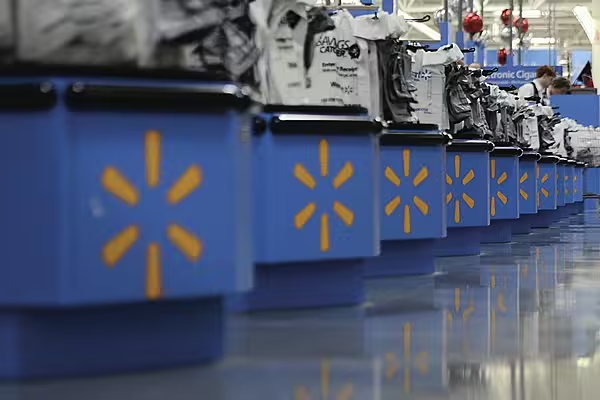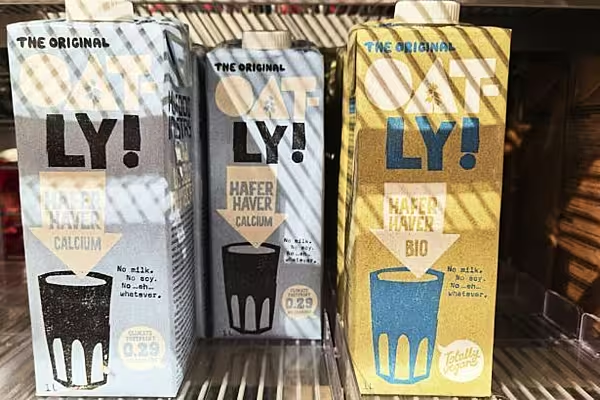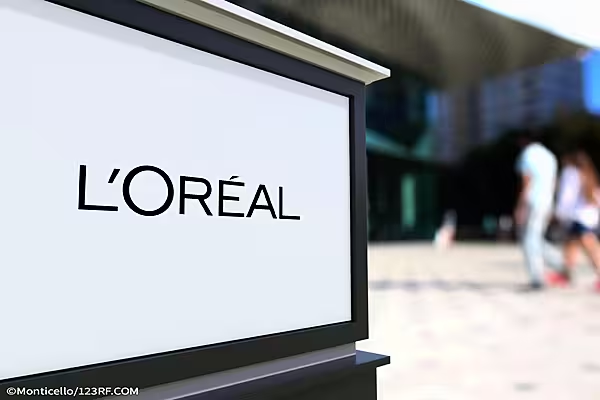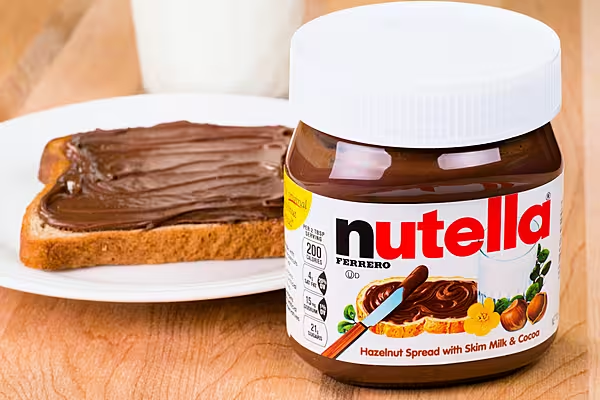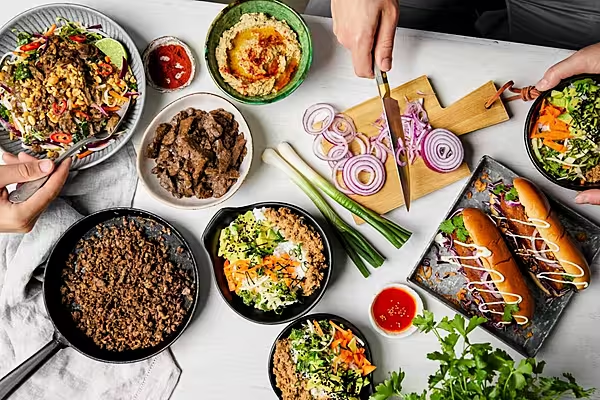Chinese millennials are becoming the world’s biggest beauty queens, thanks to the power of the internet.
Makeup and grooming tips proffered by popular lifestyle bloggers are inspiring women in their late teens to early 30s to splurge 585 yuan ($86) on a Tom Ford lipstick and 1,350 yuan on an 8-gram compact of La Mer’s illuminating foundation powder online. That demand helped drive a 20 percent jump in Estee Lauder Cos.’s sales in China in the quarter through March, making it the New York-based group’s fastest-growing cosmetics market.
“In the past, Chinese women didn’t put on foundation, mascara and eye shadow,” said Fabrice Weber, Estee Lauder’s Asia-Pacific president, in an interview in Hong Kong. “Today, it’s perfectly OK. Millennials are completely uninhibited to think ‘I need to look stunning.’”
Weber credits that to the power of social media. Millennials, or people in the 18-to-30-year age bracket, contribute about 35 percent to 40 percent of Estee Lauder’s sales in China, he said. That’s a larger proportion of sales than millennials account for on average globally. Remarkably, millennials are prominent buyers of the company’s most expensive brands.
Sales growth in China, as well as in the travel retail segment boosted by Chinese tourists abroad, will help Estee Lauder as it catches up to industry leader L’Oreal SA in the country. In the premium cosmetics segment where Estee Lauder positions its products, the company has a 14 percent market share while L’Oreal leads with a 21 percent share, according to data by researcher Euromonitor International.
Retail cosmetics sales for all companies will total $7.4 billion in China in 2021 from $4.3 billion last year, forecasts Euromonitor. Fueling growth are social media websites, such as Weibo, Youku, iQiyi and Tudou, that women are increasingly turning to for tutorials on everything from shading eyes to highlighting cheekbones.
Summer Scent
In Shanghai, a blogger who goes by the name Annie_uu shares dozens of images of herself, cosmetics, fashion accessories and holiday snaps every few days on Weibo with her 650,000 followers. Among her recent touts are SK-II Facial Treatment Essence, which she used to prevent sunburn during a trip to Arizona’s Grand Canyon, a Dior lipstick inspired by actress Jennifer Lawrence, and Estee Lauder’s Jo Malone perfume, which she told followers on May 20 “is the smell of summer, and it makes you think of London.”
“International cosmetics brands are rushing to China now, fighting fiercely for the market, especially the young customers,” said Catherine Lim, a retail analyst with Bloomberg Intelligence in Singapore. Compared with their more sophisticated peers in Japan and the U.S., millennials in China have lower brand loyalty and are more easily influenced by beauty bloggers to try out new products, she said.
Estee Lauder’s growth in the world’s biggest consumer market follows an expansion overseas and its purchase of independent beauty brands that are driven by social-media, including Too Faced for about $1.45 billion last year. In China, it supplies more than a dozen makeup brands, including Bobbi Brown and La Mer. The company expects its cosmetics sales in China to overtake Japan this fiscal year, spurred by demand for Tom Ford lipsticks and Jo Malone fragrances.
“Chinese women have evolved very rapidly from being ‘skin-care-centric,’” Weber said. “Now they are evolving into big users of fragrance and makeup. It’s moving China in the lead of Japan.”
The company, which traces its roots to 1946 when Estee and Joseph Lauder founded it in New York City, now sells some of its products on Alibaba Group Holding Ltd.’s Tmall online shopping platform.
Shares of Estee Lauder, run by Chief Executive Officer Fabrizio Freda, have risen 23 percent in New York this year. That’s outperformed the S&P 500 Index’s gain of 7.7 percent.
In China, consumers shifting to e-commerce has helped fuel a 70 percent surge in third-quarter online revenue. Purchases in China conducted over the internet account for less than 10 percent of revenue, but that proportion will probably double within four years, Weber said.
When the Paris-trained Weber assumed his current role in 2007, only two of Estee Lauder’s 30 brands were in the Chinese market. “Now we have 16 brands,” he said. “There’s huge opportunity.”
News by Bloomberg, edited by ESM. Click subscribe to sign up to ESM: The European Supermarket Magazine.
